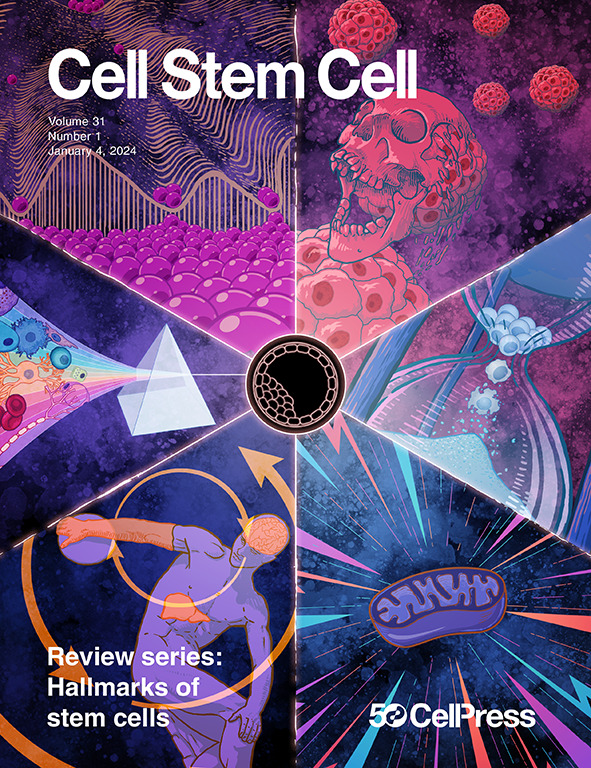人类母胎界面建模
IF 20.4
1区 医学
Q1 CELL & TISSUE ENGINEERING
引用次数: 0
摘要
干细胞和类器官能够在体外模拟人类发育的各个方面,但将它们整合到母胎相互作用的研究中仍然具有挑战性。在这篇综述中,我们探讨了目前子宫内膜、胎盘和胚胎的体外模型,并确定了与它们整合相关的关键挑战,包括形态功能复杂性的建立、时空协调和适当的体内基准。我们提出一个跨学科的观点,强调从“构建模块”到“构建交互”的转变。总之,我们提供了一个讨论的挑战和前景,以促进对子宫内人类发育和母胎界面的机制理解。本文章由计算机程序翻译,如有差异,请以英文原文为准。
Modeling the human maternal-fetal interface
Stem cells and organoids enable the modeling of various aspects of human development in vitro, yet integrating them to study maternal-fetal interactions remains challenging. In this review, we explore the current in vitro models of the endometrium, placenta, and embryo and identify key challenges associated with their integration, including the establishment of morpho-functional complexity, spatiotemporal coordination, and appropriate in vivo benchmarking. We propose an interdisciplinary perspective that emphasizes a shift from “building blocks” to “building interactions.” Altogether, we provide a discussion on the challenges and prospects for advancing mechanistic understanding of intrauterine human development and the maternal-fetal interface.
求助全文
通过发布文献求助,成功后即可免费获取论文全文。
去求助
来源期刊

Cell stem cell
生物-细胞生物学
CiteScore
37.10
自引率
2.50%
发文量
151
审稿时长
42 days
期刊介绍:
Cell Stem Cell is a comprehensive journal covering the entire spectrum of stem cell biology. It encompasses various topics, including embryonic stem cells, pluripotency, germline stem cells, tissue-specific stem cells, differentiation, epigenetics, genomics, cancer stem cells, stem cell niches, disease models, nuclear transfer technology, bioengineering, drug discovery, in vivo imaging, therapeutic applications, regenerative medicine, clinical insights, research policies, ethical considerations, and technical innovations. The journal welcomes studies from any model system providing insights into stem cell biology, with a focus on human stem cells. It publishes research reports of significant importance, along with review and analysis articles covering diverse aspects of stem cell research.
 求助内容:
求助内容: 应助结果提醒方式:
应助结果提醒方式:


